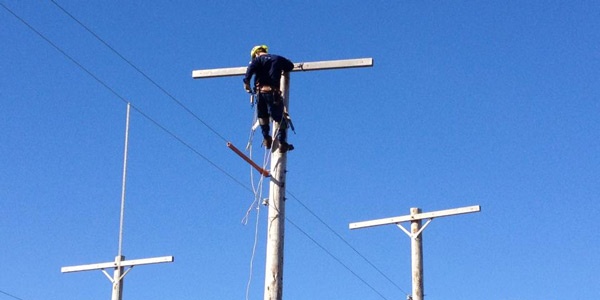By Amanda Durish Cook
FERC has brushed aside a complaint brought forward by two companies about Ameren Illinois’ annual informational formula rate update and true-up (ER16-1169).
In April, Southwestern Electric Cooperative and Southern Illinois Power Cooperative challenged the $214.4 million revenue requirement rate filing on several fronts. Although FERC agreed with a few points the cooperatives raised, the complaint was dismissed.
FERC ordered Ameren to change how it accounts for contributions in aid of construction. The commission also said it is “improper for Ameren Illinois’ [net operating loss carryforward] to affect Ameren Illinois’ income tax allowance because the tax is deferred, not avoided.” The commission ordered Ameren to include net operating loss carryforward in its rate base to “reflect the fact that the company is unable to take full advantage of its favorable tax timing difference.”
The challenge also caused Ameren to agree with the complainants that it should exclude accrued tax debt, merger costs debt integration, regulatory asset amortization and regulatory liabilities for allowance for funds used during construction from its 2016 true-up.
FERC, however, denied other areas of the challenge:
- The complainants said Ameren is allocating solely to transmission certain costs that involve both transmission and distribution. FERC said that while “the naming of certain accounts could be misleading,” the accounts were only related to transmission costs.
- The two cooperatives said Ameren should not be allocating franchise fees to customers; Ameren responded that because the franchise fees allow transmission construction, they should be included in transmission rates. FERC said Ameren is allowed to recover franchise fees and said the particular challenge “amounts to a collateral attack on the filed rate.”
- The complainants alleged Ameren’s formula rate was improperly related to its generation and distribution functions and asked for “a line-by-line review of specific entries to eliminate generation or distribution-related items.” FERC said that asking for cost to be “functionalized on a direct assignment basis instead of on the basis of an allocation ratio” amounted to challenging the formula rate itself and could only be addressed in a separate filing.
- The cooperatives accused Ameren of including costs relating to retail distribution and customer services into the general and intangible plant cost allocation to transmission, which increased from $20.3 million in 2008 to $63.8 million in 2016. FERC said it found “no reason to conclude that Ameren Illinois is not properly classifying the challenged items.”
- The complainants questioned the 117% jump in Ameren’s wages and salaries allocation over six years. FERC said the increase was reasonable because Ameren Illinois was using more transmission labor.




